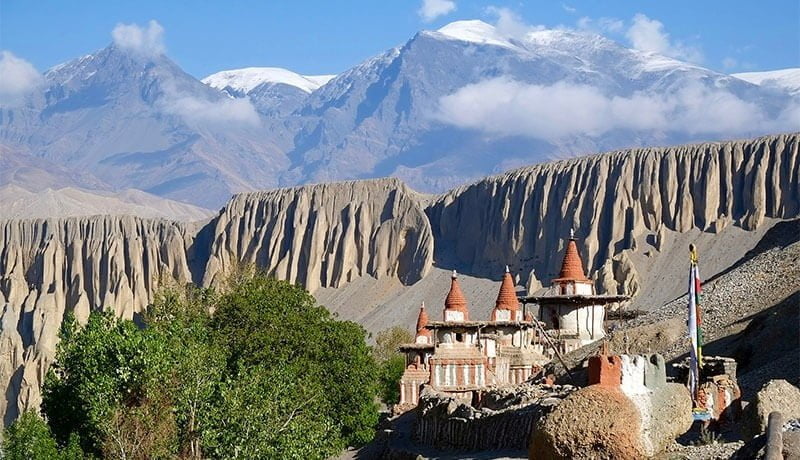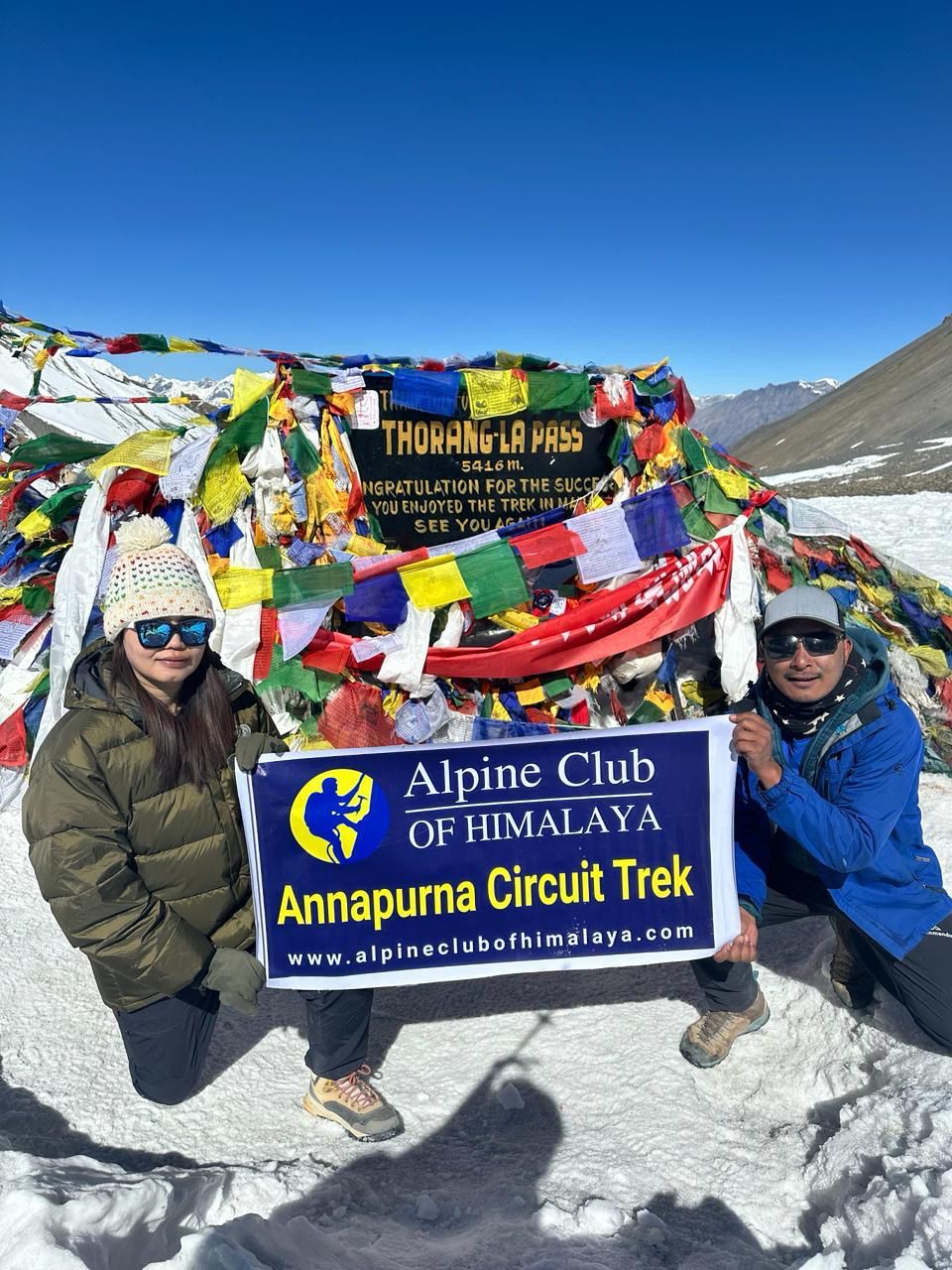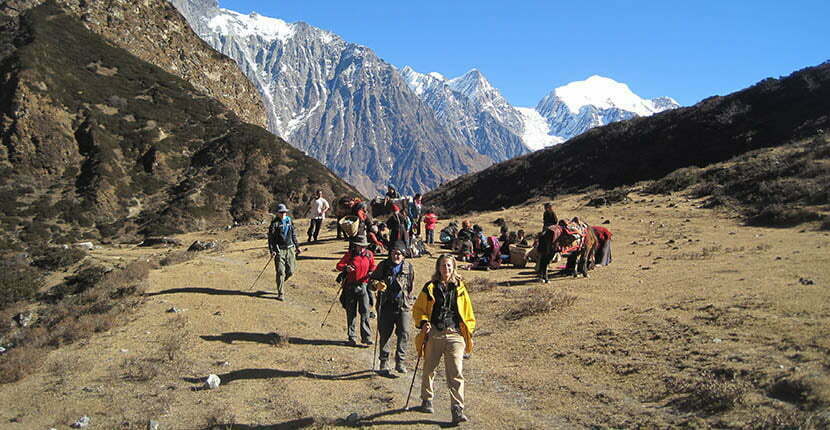Upper Mustang Trek: To participate in the Upper Mustang Trek, you must have previous experience in high altitudes exceeding 3840 meters (12,599 feet) and be comfortable walking for 7-8 hours daily. This enables them to cover long distances while properly acclimatizing to the high altitude. Also, the itinerary goes through the various landscapes and traditional Tibetan-like settlements. Please research and get a consultation through our expert before the sign of the trip which will fit for you. The former Himalayan kingdom of Mustang is an arid and starkly beautiful land. Long protected from mass tourism; its allure has come from its inaccessibility and its reputation as the last bastion of traditional Tibetan culture. Mustang has a long, rich, and complex history that makes it one of the most fascinating corners of the Himalaya.
Trek Overview
Mustang is the ancient Himalayan Kingdom which lies in the northern central part of Nepal and at the top of the Kali Gandaki River. This region is full of some of Nepal’s oldest Buddhist Monasteries, ancient and isolated villages with quaint whitewashed houses. The restricted area of Tibetan influence lies north of Kagbeni, and Nepalese refer to this as Upper Mustang. By choosing Upper Mustang Trek through Mustang, we will be sampling a slice of history that may not be preserved for much longer.
The sights of spectacularly fluted red cliffs and Mustang’s endless expanse of yellow and grey rolling hills will stay in our memory long after we go home, as will our experience of the Kingdom’s incredible little towns and the rugged gentility of its people. The trek takes us to the walled town of Lo-Manthang, a visually extraordinary place, home of the present Mustang’s King and full of beautiful temples and Gompa.
Accommodations:
We will be staying at Alpine Hotel Nepal in Kathmandu, Mount Kailash Resort in Pokhara, and at teahouses during the trek. All accommodations are on a twin-shared basis. A single supplement will be served on request and will cost an additional USD350. Alpine Club of Himalaya will arrange rooms with attached washrooms. However, teahouses in some places only have shared washing and toilet facilities. Also, note that single rooms are readily available in Kathmandu and the trekking regions at lower elevations but it might be difficult to find them at higher elevations.
Meals:
During the Upper Mustang Trek, you can enjoy Nepali, Tibetan, Indian as well as more common continental cuisines. Breakfast (only) will be provided during your stay in Kathmandu whereas all meals (breakfast, lunch, and dinner) will be available during the trek and climb. On the Upper Mustang Trek, you’ll enjoy breakfast at your overnight accommodation. The lodge can arrange dinner for you if you prefer. Lunches will be provided along the way during your trek to your next stop. During the climbing session, hygienic and freshly-cooked food will be provided. There will also be welcome and farewell dinners in Kathmandu.
Important Note
Your safety is of paramount importance to us at the Alpine Club of Himalaya. We have the absolute authority to cancel the trip or change the itinerary, when deemed necessary or when we have reason to believe your safety is at stake. Weather conditions, the health condition of a group member, natural disasters, and such, can contribute to changes in the itinerary when traveling in remote mountainous regions. In these extreme situations, we kindly request that you offer your full co-operation to the trusted leader of the group appointed by the Alpine Club of Himalaya. However, we assure you that we will make every effort to keep to the above itinerary.















